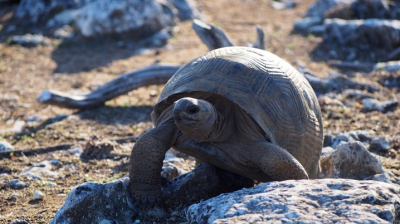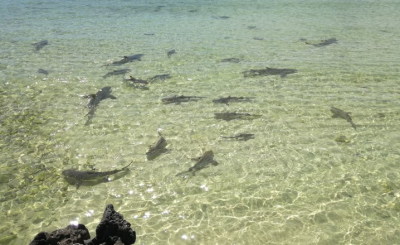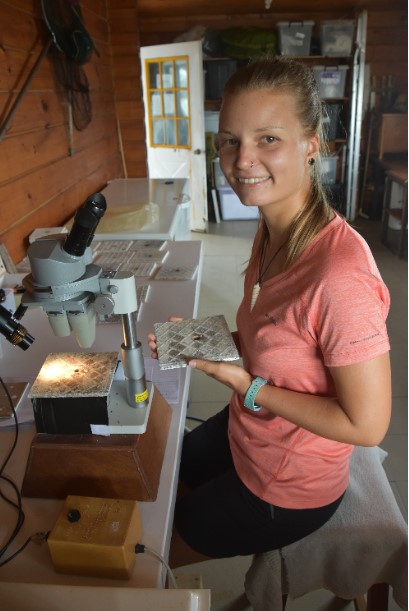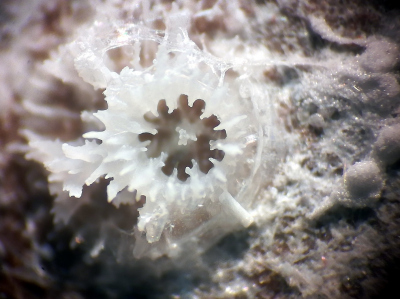- Graduate School GLOMAR
- PhD student reports
- Field Campaigns
- Anna Koester
Anna Koester
Report of GLOMAR PhD student Anna Koester about her field campaign in Aldabra, Seychelles, from December 2017 to March 2018 and from November 2018 to Februar 2019
From Dec 2017 – Mar 2018 and Nov 2018 - Feb 2019 I stayed on Aldabra Atoll in the Seychelles to collect data for my PhD project. Aldabra is located > 1000 km southeast off the main Seychelles’ islands and > 400 km northeast off Madagascar. It is a UNESCO World Heritage Site and managed by the Seychelles Islands Foundation (SIF), a non-profit charitable organisation. Aldabra is most famous for its (world’s biggest) population of giant tortoises, as it is one of only two places where these animals can still be found in the wild (there is also a natural population on the Galapagos Islands). Obviously, Aldabra’s remoteness and protection did not only benefit the giant tortoises. The relatively small local impact of humans permanently stationed on Aldabra (about 10-15 permanent staff) make it a living laboratory for the study of near pristine ecosystems.
Aldabra’s isolation unfortunately does not safe it from global human impacts such as climate change. However, it offers the chance to study the sole impacts of global human impacts on otherwise undisturbed ecosystems which can provide valuable information for conservation also elsewhere. My PhD project is set up in partnership with SIF to study the susceptibility to and recovery since the 2016 global bleaching event of Aldabra’s coral reefs. By combining SIF’s long-term reef monitoring programme with the additional assessment of ecosystem processes, we aim to gain a better understanding of the effects of the 2016 bleaching event and the resilience of Aldabra’s coral reefs.
During the annual reef monitoring programme, SIF is collection data on in-situ water temperatures as well as benthic and fish assemblages and is thereby generating an incredibly valuable dataset. As part of SIF’s standard monitoring programmes, these data provide insights into the long-term development of the reefs and create baselines against which changes to the ecosystem can be measured. In addition to this core data, we also assessed the microbial activity of reef sediments, obtained length measurements of algae turfs and have set-up a 12-months study looking into the settlement density of coral larvae across time and space. Not only are these assessments the first of their kind on Aldabra, previous research has shown that such supposedly simple observations can provide key information about reef resilience and are therefore ideal to obtain a more detailed picture of Aldabra’s reefs.
With the last field campaign completed and all data collected, I sadly had to say good bye to this truly magical place. The remaining time during my PhD will now be spend with data analysis and write up, really getting a better insight into Aldabra’s reefs and potentially revealing more and more questions that will call for more coral reef research on Aldabra in the future! At this point I would therefore like to thank SIF for giving me the opportunity to repeatedly live and work on Aldabra, for all the support I have been given by the SIF Head Office and the incredible and hard-working Aldabra team that I became part of so easily each time and that has greatly helped me with my work. I also want to thank my supervisor Prof. Dr. Christian Wild for giving me the opportunity and helping me to set up the PhD project and thereby to return to this beautiful atoll and to conduct research that will contribute to its ongoing conservation!






